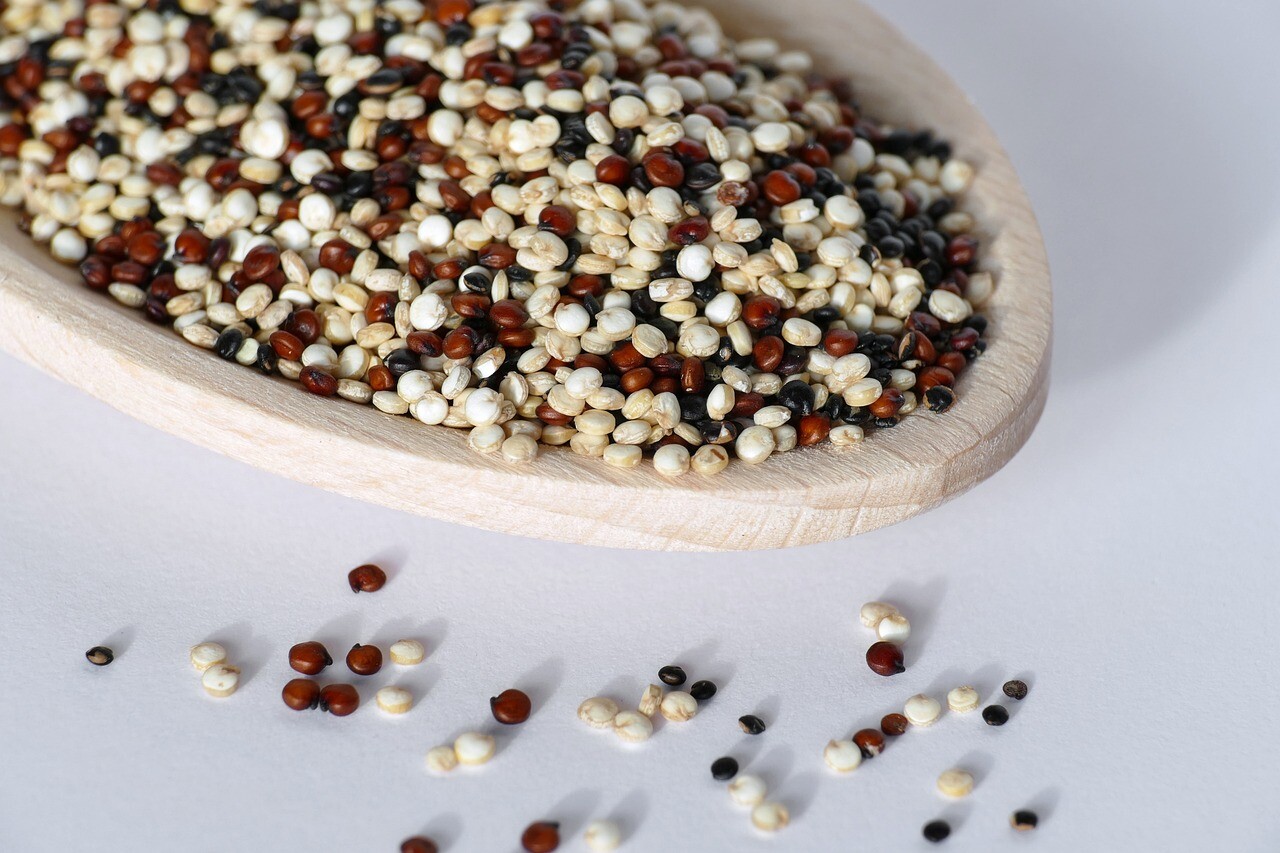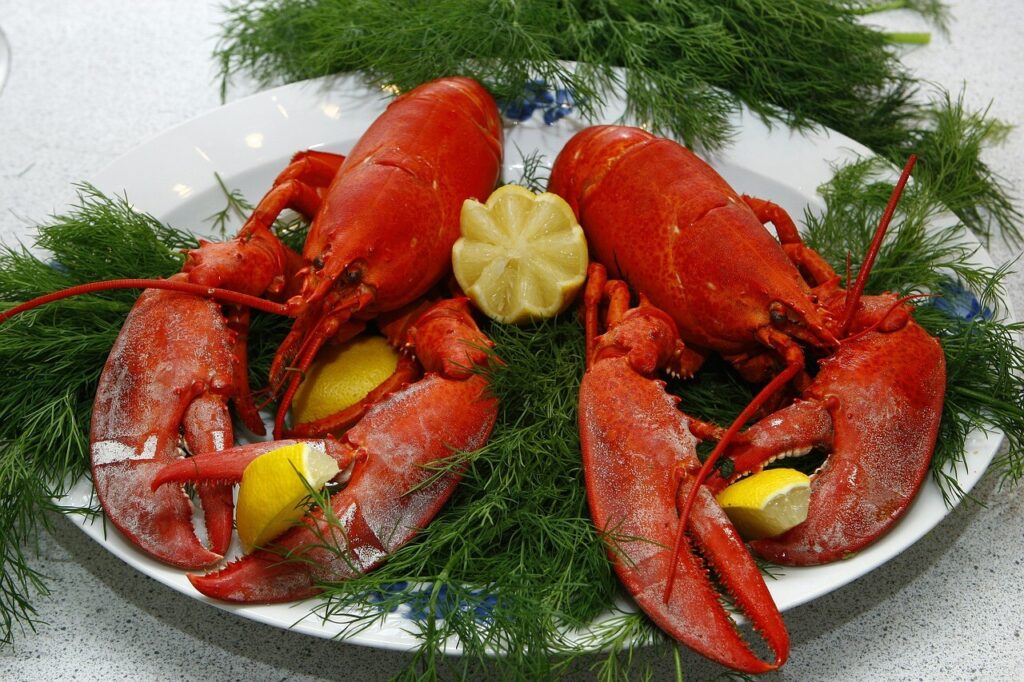Unless you’re some sort of ivory-tower-bound fat cat licking the heavy cream from your murderous paws, the cost of food has an important effect on your daily life. What you eat is dictated by your bank account and how angry the numbers contained within are. We also like to think that food costs are relatively stable, serving as a bellwether of the economy in general. But thanks to the sands of time, some foods have massive price-based glow-ups or downfalls, leading to what might be considered a frugal grocery list of a certain era being an outlandish luxury in another.
A Pound of Lobster Was Cheaper Than A Dozen Eggs
One of the most well-known peasant-foods-turned-primo-meals is that classic sea bug, the lobster. Two things contributed to its low cost in the past. First, it was plentiful, and supply, demand, etc. Second, no one had figured out that the correct way to cook them was to cruelly boil them alive, so they didn’t taste all that good. This might be why, at one point, a pound of canned lobster would run you only 11 cents, roughly half the price of a dozen eggs.
Oysters Cost One Cent

Oysters are a subtle, sea-tinged delicacy. At least, that’s what people keep trying in vain to convince me. In my own opinion, if something is wildly expensive, it’s something I’m lucky not to enjoy. Putting in the effort to acquire a taste that ruins my monthly budget doesn’t seem worth it. Maybe I would have given them more of a chance back in 1889, when they were literally a penny a piece. If they really are an aphrodisiac, peasants must have been horny as hell.
Chicken Was Four Times As Expensive As Sirloin

If, in the current year, you serve someone a chicken dinner and they go, “whoa, are you sure you can afford this?” they’re a massive sarcastic dickhead. In the past, though, they may have been a kind person with less-than-stellar social skills. Before advances in chicken production (READ: willingness to commit great industrialized horrors), it was actually one of the most expensive meats. Not only was chicken four times costlier than sirloin steak, chicken salad was the kind of thing people would clap upon the reveal of at fine feasts.
Quinoa Was Cheaper Than Rice

If you’re a strange, freaky grain, there’s no quicker path to the spotlight than to be declared a “superfood.” Quinoa, an ancient grain that combines the mouthfeel of sand with the taste of sand, became a health darling in the mid-aughts, and its price skyrocketed along with it. Mostly grown and eaten in Peru, it went from a market price of roughly $100 per metric ton in 2001 to nearly eight times that in 2008. Compare that to the price of rice, the go-to cheap starch, at roughly $170 per metric ton in 2001, and there was a time where the phrase “let’s save some money by eating quinoa” wasn’t absolute nonsense.
Caviar Was Literally Free

Want a dramatic price increase? How about infinity? That’s something you could argue, given that caviar, now one of the most expensive snacks available, used to be a free bar snack. Belly up to a bar in the early 19th century and they might just slide you a bowl of sturgeon eggs to exterminate, compliments of the chef, while you sipped your Schlitz. They did it partly because the saltiness would encourage more drinking, like how I used to set up free popcorn with cranked-up salt levels next to my egregiously expensive soda stands in Rollercoaster Tycoon.

